Home>Furniture & Design>Interior Design Trends>How Home Decor Influences People
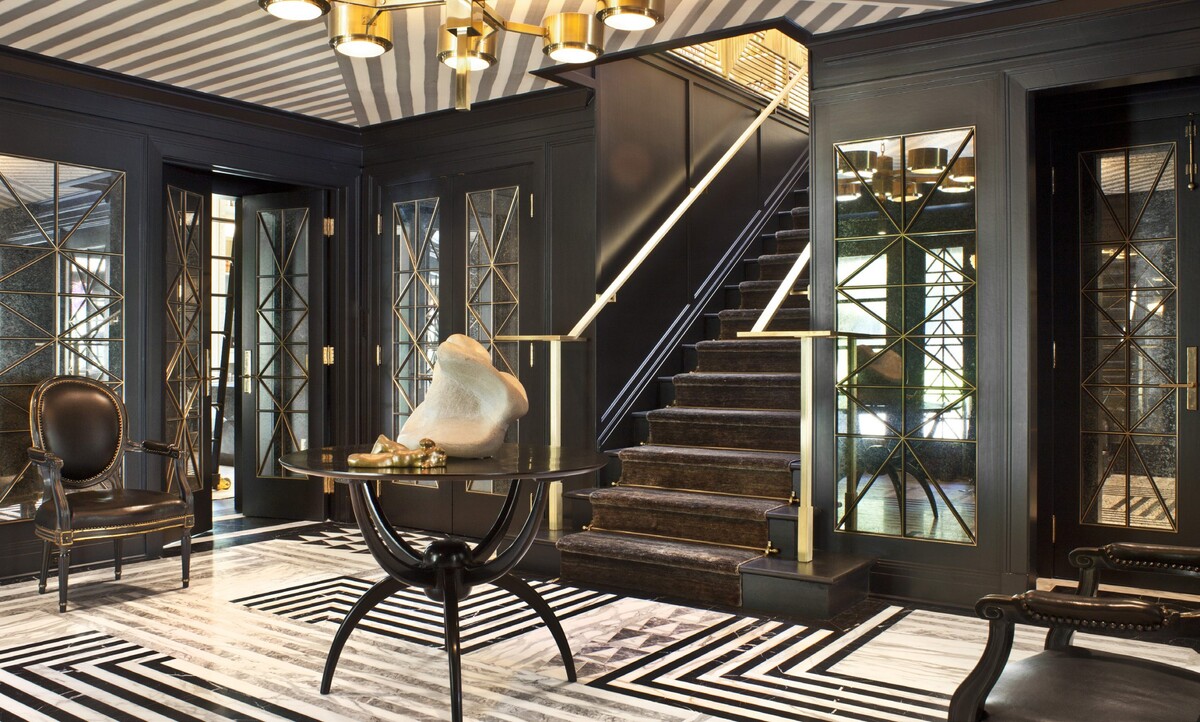

Interior Design Trends
How Home Decor Influences People
Modified: January 19, 2024
Discover how the latest interior design trends in home decor can influence people's emotions and behaviors. Explore the impact of interior design on well-being and lifestyle.
(Many of the links in this article redirect to a specific reviewed product. Your purchase of these products through affiliate links helps to generate commission for Storables.com, at no extra cost. Learn more)
The Psychology of Home Decor: How Your Interior Design Choices Influence Your Well-being
Introduction
Creating a comfortable and visually appealing living space is a universal aspiration. The way we design our homes not only reflects our personal taste but also has a profound impact on our emotions, behaviors, and overall well-being. The field of interior design goes beyond aesthetics; it delves into the psychology of how our surroundings can influence our daily lives.
In this article, we will explore the fascinating interplay between home decor and human psychology. From the colors we choose to the layout of our furniture, every aspect of interior design can subtly shape our moods, productivity, and comfort levels. By understanding the psychological underpinnings of home decor, we can make informed choices to create living spaces that nurture our mental and emotional health. Let's embark on a journey to uncover the intricate ways in which our homes can impact our lives.
Key Takeaways:
- Your home decor choices have a profound impact on your emotions, behaviors, and overall well-being. Understanding the psychology of interior design can help create living spaces that nurture your mental and emotional health.
- Colors, furniture arrangement, lighting, organization, and personalization all play a role in shaping the emotional and psychological impact of your living space. By leveraging this knowledge, you can create a home that supports your well-being and enriches your life.
Read more: How To Be A Home Decor Influencer
The Psychology of Home Decor
Home decor is more than just a matter of personal preference; it is intricately linked to human psychology. Our living spaces serve as extensions of our identities and can significantly influence our emotions, behaviors, and overall well-being. The psychological impact of home decor is a complex interplay of various elements, including colors, furniture arrangement, lighting, organization, and personalization.
Understanding the psychological dynamics of home decor allows us to create environments that promote positive emotions, enhance comfort, and boost productivity. By leveraging this knowledge, we can transform our homes into sanctuaries that support our mental and emotional needs.
Throughout history, different cultures have recognized the profound connection between interior design and human psychology. From the ancient principles of feng shui to the modern concepts of biophilic design, the significance of harmonious living spaces has been emphasized across diverse traditions. Today, as we navigate the complexities of modern life, the impact of home decor on our well-being remains as relevant as ever.
As we delve into the intricate relationship between home decor and psychology, we will uncover the profound ways in which our living spaces can influence our thoughts, feelings, and behaviors. By gaining insights into this fascinating interplay, we can harness the power of interior design to create homes that not only reflect our personal style but also nurture our inner selves.
Colors and Emotions
The choice of colors in home decor can evoke a wide range of emotions and significantly impact our psychological state. Each color carries its own psychological associations, influencing our mood, energy levels, and sense of comfort within a space. Understanding the psychological effects of colors is essential for creating harmonious and emotionally resonant living environments.
Warm Colors: Colors such as red, orange, and yellow are considered warm tones and are known for their stimulating and energizing effects. Red, for instance, can evoke feelings of passion and intensity, while orange exudes warmth and vitality. Yellow is often associated with happiness and optimism, creating a sense of cheerfulness within a room.
Cool Colors: On the other hand, cool colors like blue, green, and purple tend to have a calming and soothing influence. Blue is often linked to serenity and tranquility, making it a popular choice for bedrooms and relaxation areas. Green, reminiscent of nature, can promote a sense of balance and renewal. Purple, with its regal connotations, can add a touch of luxury and creativity to a space.
Neutral Colors: Neutral tones such as white, beige, and gray provide a versatile backdrop for interior design. These colors can create a sense of spaciousness and airiness, allowing other elements in the room to stand out. Additionally, neutral colors can evoke a feeling of timelessness and elegance, contributing to a sense of calm and sophistication.
It’s important to note that individual reactions to colors can vary based on personal experiences, cultural backgrounds, and individual preferences. When incorporating colors into home decor, it’s essential to consider the specific emotions and atmospheres that we aim to cultivate within each space. By strategically using colors, we can create environments that resonate with our emotions, enhance our well-being, and reflect our unique personalities.
Furniture and Comfort
When it comes to creating a comfortable and inviting living space, the arrangement and selection of furniture play a pivotal role. Furniture not only serves functional purposes but also contributes to the overall ambiance and comfort within a room. The psychological impact of furniture on our well-being is multifaceted, encompassing aspects such as ergonomics, spatial arrangement, and the creation of cozy gathering spaces.
Ergonomics and Well-being: The ergonomic design of furniture directly influences our physical comfort and posture. Chairs, sofas, and beds that provide adequate support and promote proper body alignment can contribute to a sense of well-being and relaxation. By prioritizing ergonomic considerations in furniture selection, we can create environments that support our physical health and comfort.
Spatial Arrangement: The layout of furniture within a room can influence the flow of energy and social interactions. Open and inviting arrangements can foster a sense of togetherness and conviviality, while strategically placed furniture can define functional zones within a space. Creating cozy nooks or conversation areas with well-positioned furniture can enhance comfort and encourage social engagement.
Comfort and Aesthetics: The tactile and visual aspects of furniture significantly contribute to the overall comfort and ambiance of a room. Soft, plush fabrics and inviting textures can evoke a sense of coziness and relaxation. Additionally, the aesthetic appeal of furniture, including its design, colors, and materials, can influence our emotional response to a space. By selecting furniture that resonates with our personal preferences and comfort preferences, we can create environments that feel both comforting and visually pleasing.
Furthermore, the psychological impact of furniture extends beyond physical comfort to encompass emotional comfort. A well-appointed and thoughtfully arranged living space can provide a sense of security, belonging, and emotional warmth. The presence of familiar and cherished pieces of furniture can evoke feelings of nostalgia and emotional well-being, creating a sense of sanctuary within our homes.
By understanding the psychological dimensions of furniture and comfort, we can curate living spaces that not only cater to our practical needs but also nurture our emotional and social well-being.
Tip: Choose home decor that reflects your personality and creates a comfortable, inviting space. Colors, textures, and organization can all impact your mood and productivity.
Lighting and Mood
The influence of lighting on our mood and well-being is profound, shaping the ambiance and emotional resonance of our living spaces. Lighting design goes beyond mere illumination; it encompasses the psychological impact of light intensity, color temperature, and the creation of atmospheric effects. By leveraging the psychological dynamics of lighting, we can craft environments that promote comfort, tranquility, and emotional harmony.
Light Intensity: The intensity of light can significantly influence our mood and energy levels. Bright, well-lit spaces can evoke a sense of vitality, alertness, and productivity. In contrast, softer, dimmer lighting can create a cozy and relaxed atmosphere, conducive to unwinding and contemplation. By adjusting light intensity based on the desired emotional response, we can modulate the mood of a room to suit various activities and occasions.
Color Temperature: The color temperature of light, ranging from warm tones to cool tones, can evoke different emotional responses. Warm light, reminiscent of sunlight, can create a sense of comfort and intimacy. Cool light, on the other hand, can convey a feeling of crispness and focus. By carefully selecting the color temperature of lighting fixtures, we can infuse spaces with specific emotional undertones, enhancing their overall mood and ambiance.
Atmospheric Effects: Lighting design can also encompass the creation of atmospheric effects, such as accent lighting, focal points, and dynamic lighting schemes. These effects can add depth, drama, and visual interest to a space, influencing our emotional and aesthetic experience. By strategically incorporating atmospheric lighting elements, we can evoke a range of emotions, from awe and inspiration to relaxation and comfort.
Furthermore, natural light plays a pivotal role in shaping the emotional tenor of a space. Access to natural light has been linked to improved mood, increased productivity, and a sense of connection to the external environment. Maximizing natural light through well-positioned windows, skylights, and reflective surfaces can infuse living spaces with a sense of vitality and well-being.
By understanding the psychological nuances of lighting and mood, we can harness the transformative power of light to create environments that resonate with our emotions, nurture our well-being, and elevate our everyday experiences within our homes.
Organization and Productivity
The organization of our living spaces has a profound impact on our productivity, mental clarity, and overall sense of well-being. A well-organized environment not only enhances efficiency but also contributes to a sense of order, control, and mental calm. The psychological dynamics of organization and productivity encompass spatial layout, storage solutions, and the creation of functional and visually harmonious settings.
Spatial Layout: The arrangement of furniture, workspaces, and storage areas within a room can influence our cognitive processes and productivity. An intuitive and well-defined spatial layout can facilitate smooth movement, task transitions, and focused work. By optimizing spatial flow and minimizing clutter, we can create environments that support mental clarity and task-oriented activities.
Storage Solutions: Effective storage solutions play a crucial role in maintaining an organized and productive living space. Clutter and disorganization can contribute to feelings of overwhelm and distraction, hindering our ability to concentrate and engage in productive activities. Thoughtfully designed storage solutions, such as shelving, cabinets, and organizational systems, can promote a sense of tidiness and control, thereby enhancing our productivity and mental well-being.
Functional and Visually Harmonious Settings: The visual coherence and functionality of a space can significantly impact our cognitive processes and emotional state. A visually harmonious environment, characterized by balanced proportions, cohesive aesthetics, and unobtrusive design, can promote a sense of mental ease and focus. Additionally, the integration of elements that resonate with our personal preferences and work habits can contribute to a feeling of comfort and motivation within a space.
Furthermore, the psychological impact of organization and productivity extends beyond the physical arrangement of a space to encompass our mental and emotional responses. An organized environment can alleviate feelings of stress, promote a sense of control, and enhance our ability to concentrate and engage in meaningful activities. By creating spaces that are conducive to productivity and mental well-being, we can cultivate a sense of purpose and fulfillment within our homes.
By understanding the psychological dimensions of organization and productivity, we can transform our living spaces into environments that not only support our practical needs but also nurture our cognitive processes, productivity, and overall sense of well-being.
Personalization and Well-being
Personalizing our living spaces is a powerful means of cultivating a sense of well-being, belonging, and emotional resonance within our homes. The psychological impact of personalization extends beyond mere decoration; it encompasses the creation of environments that reflect our identities, values, and cherished memories. By infusing our living spaces with personal touches and meaningful elements, we can foster a deep sense of connection, comfort, and emotional well-being.
Expressing Identity and Values: Personalization allows us to express our individuality, preferences, and values within our living environments. By incorporating elements that hold personal significance, such as artwork, heirlooms, and mementos, we create spaces that authentically reflect who we are and what we hold dear. This self-expression fosters a sense of authenticity and emotional resonance, contributing to our overall well-being.
Nurturing Emotional Connections: Personalized living spaces serve as repositories of cherished memories and emotional connections. Surrounding ourselves with items that evoke positive emotions and meaningful experiences can enhance our sense of comfort, security, and emotional well-being. Photographs, souvenirs, and keepsakes can serve as poignant reminders of our life’s journey, fostering a sense of continuity and emotional nourishment within our homes.
Creating Comforting Rituals: Personalization can also encompass the creation of comforting rituals and sensory experiences within our living spaces. From the scent of familiar candles to the tactile comfort of cherished textiles, these personalized rituals can evoke feelings of relaxation, contentment, and emotional grounding. Engaging our senses through personalized elements can contribute to a sense of emotional well-being and tranquility.
Furthermore, the psychological impact of personalization extends to the creation of nurturing and supportive environments. A personalized living space can provide a sense of refuge, a place where we feel understood, accepted, and emotionally validated. This sense of belonging and emotional resonance can contribute to our overall well-being and mental health.
By understanding the profound psychological dimensions of personalization and well-being, we can transform our living spaces into sanctuaries that not only reflect our personal narratives but also nurture our emotional and psychological needs, fostering a deep sense of well-being and connection within our homes.
Conclusion
Our living spaces are more than physical structures; they are dynamic environments that profoundly influence our emotions, behaviors, and overall well-being. The psychology of home decor unveils the intricate ways in which our interior design choices can shape our daily experiences, emotional states, and sense of comfort within our homes. By understanding the psychological underpinnings of home decor, we can harness the transformative power of interior design to create living spaces that nurture our mental and emotional health.
From the colors we choose to the arrangement of furniture, every aspect of home decor carries profound psychological implications. Colors can evoke a wide range of emotions, furniture arrangements can impact our comfort and social interactions, lighting can modulate our mood, organization can enhance our productivity, and personalization can foster a deep sense of connection and emotional well-being within our homes.
As we navigate the complexities of modern life, the significance of harmonious and emotionally resonant living spaces remains as relevant as ever. Our homes serve as extensions of our identities, values, and cherished memories, and the psychological impact of home decor extends far beyond mere aesthetics. By leveraging the psychological dynamics of home decor, we can create environments that support our well-being, enhance our comfort, and elevate our everyday experiences.
Ultimately, the psychology of home decor invites us to approach interior design as a means of nurturing our inner selves, fostering emotional connections, and creating spaces that authentically reflect who we are. By infusing our living spaces with intention, meaning, and personal resonance, we can transform our homes into sanctuaries that not only cater to our practical needs but also nurture our emotional and psychological well-being.
As we continue to explore the profound interplay between home decor and human psychology, let us embark on a journey to curate living spaces that not only delight the eye but also soothe the soul, creating environments that resonate with our emotions, support our well-being, and enrich our lives in meaningful ways.
Frequently Asked Questions about How Home Decor Influences People
Was this page helpful?
At Storables.com, we guarantee accurate and reliable information. Our content, validated by Expert Board Contributors, is crafted following stringent Editorial Policies. We're committed to providing you with well-researched, expert-backed insights for all your informational needs.
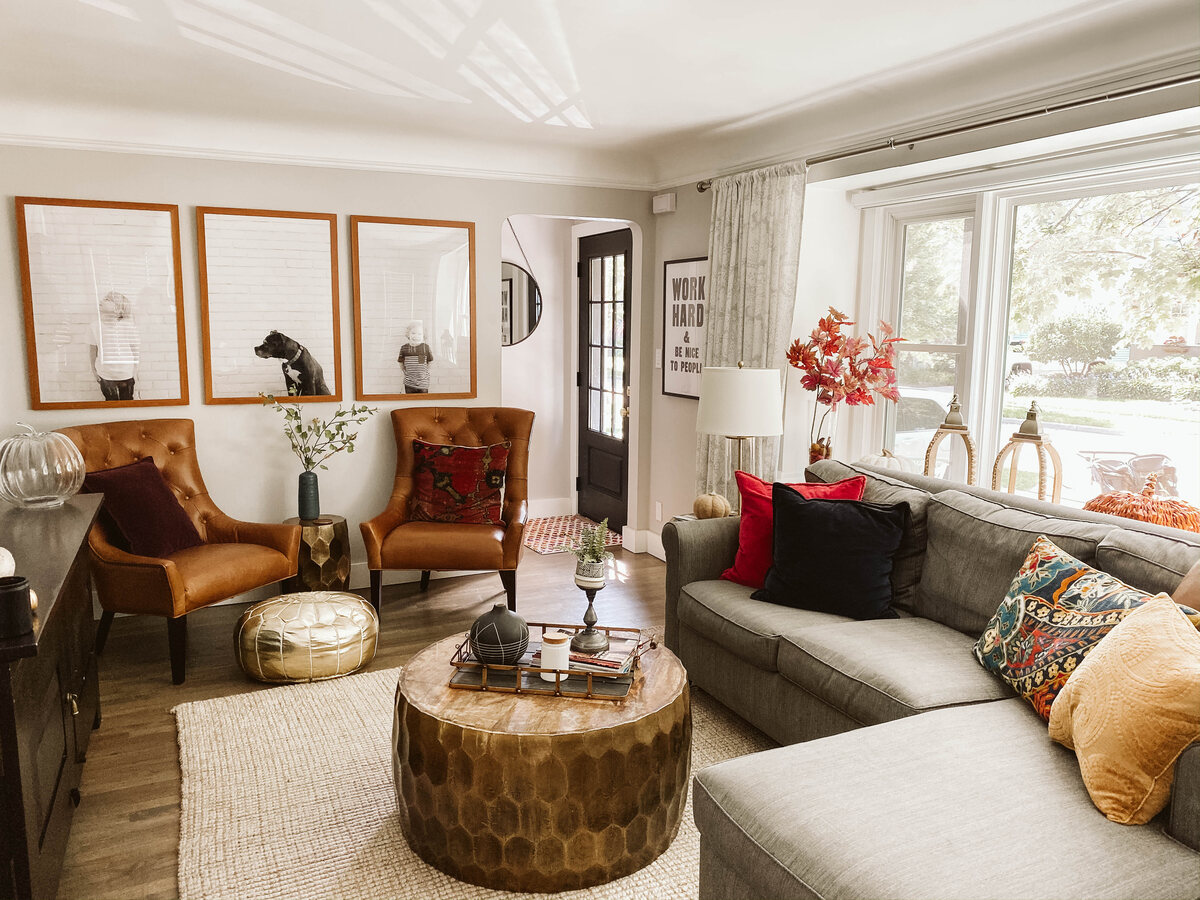

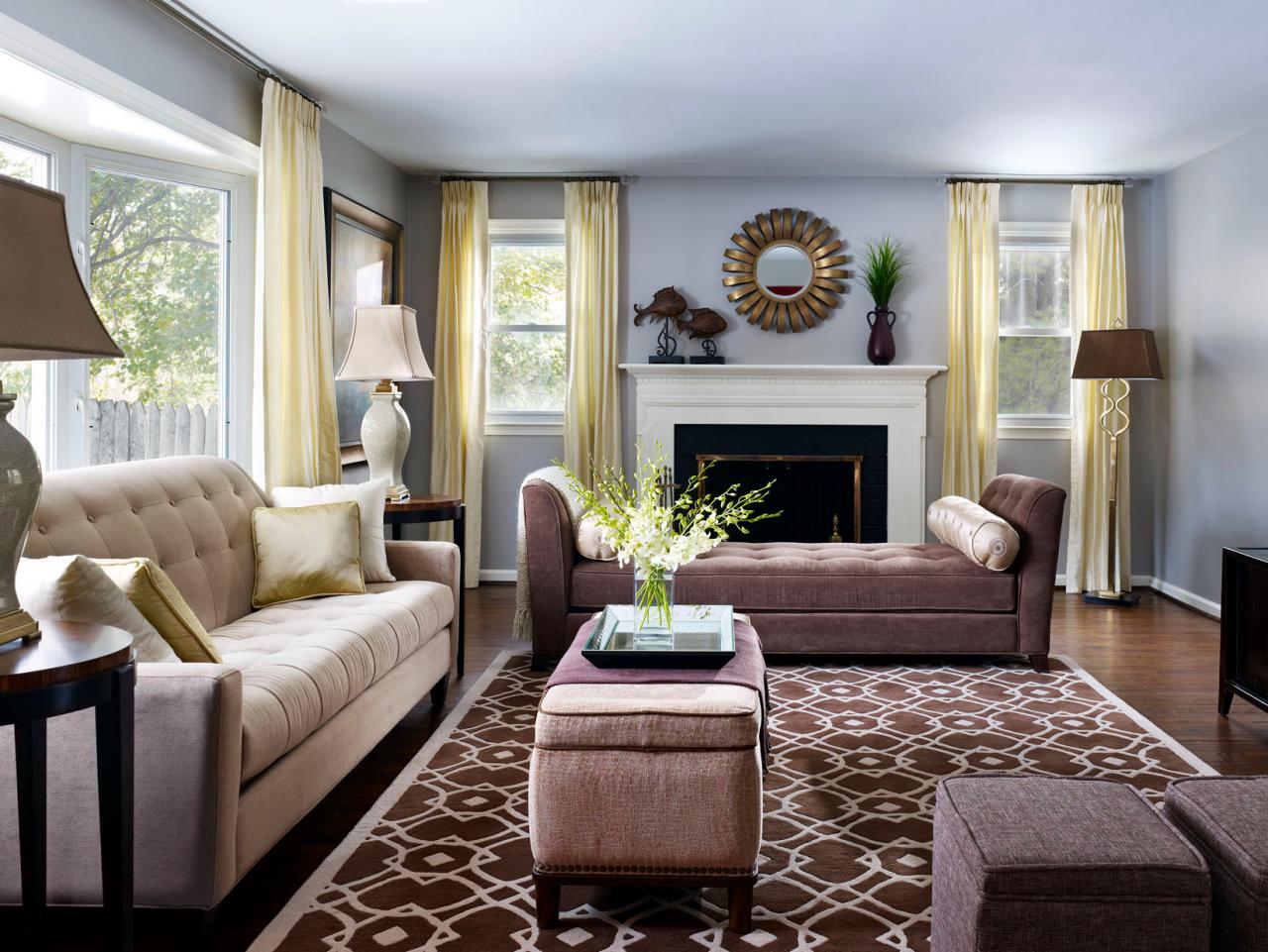
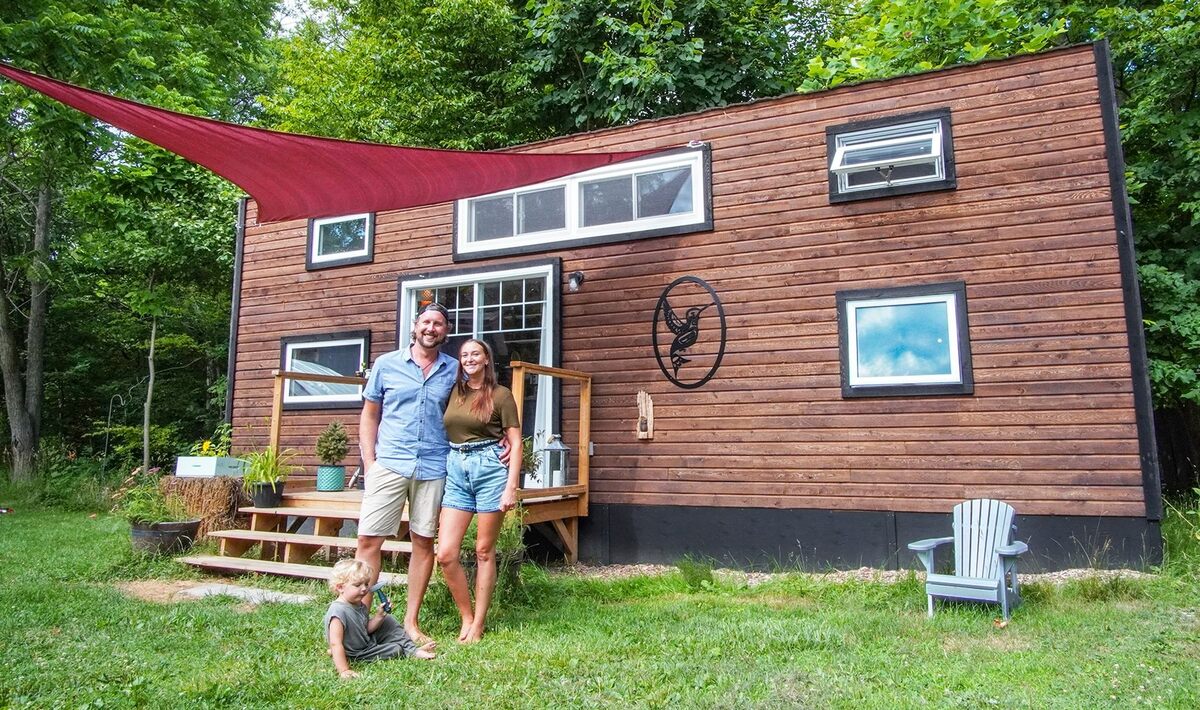
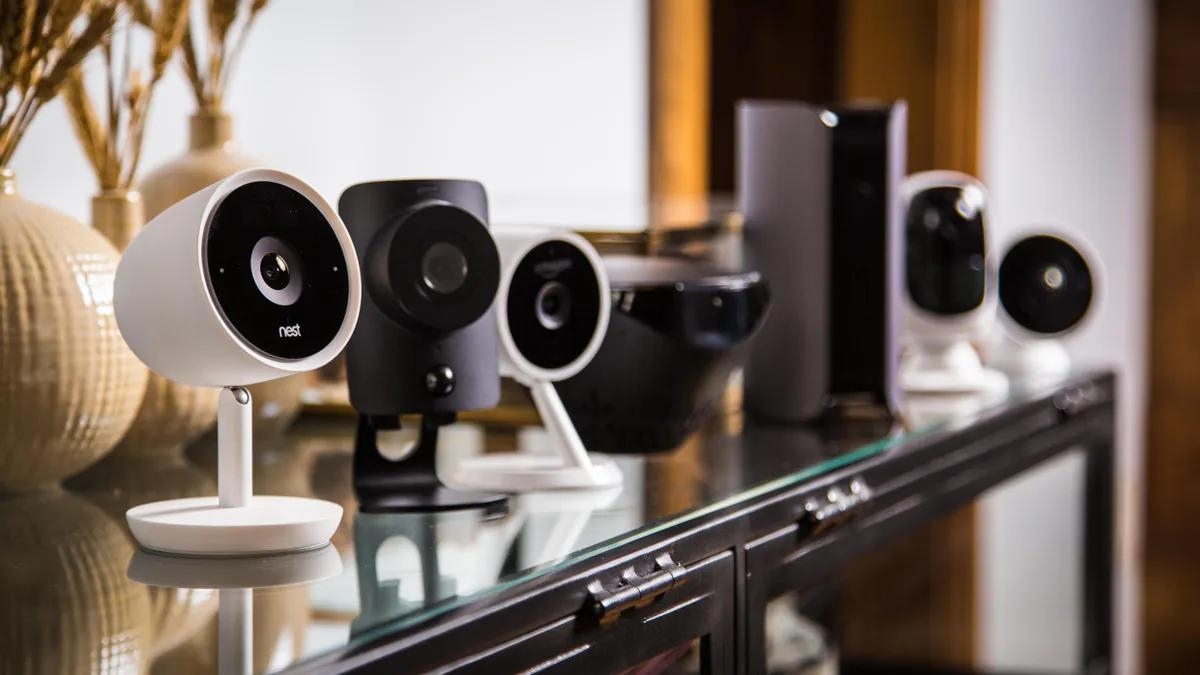
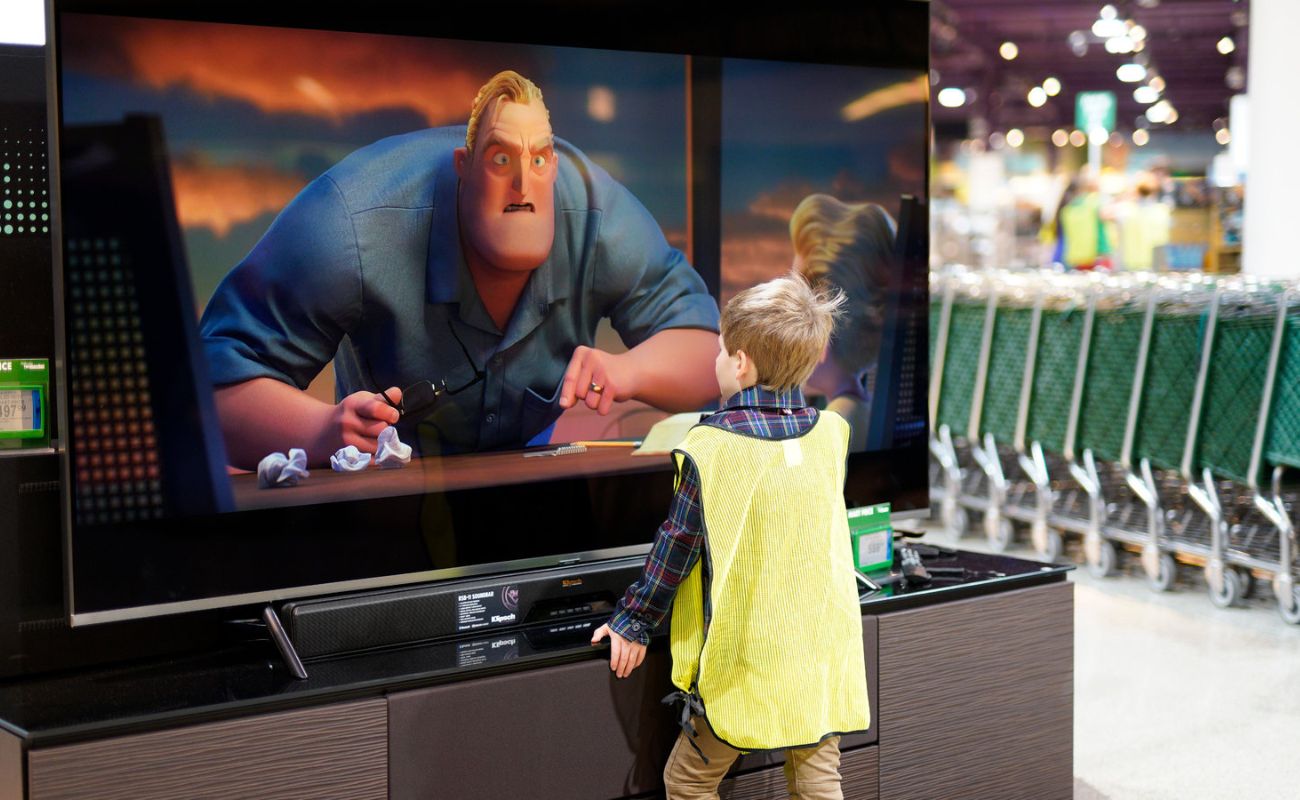

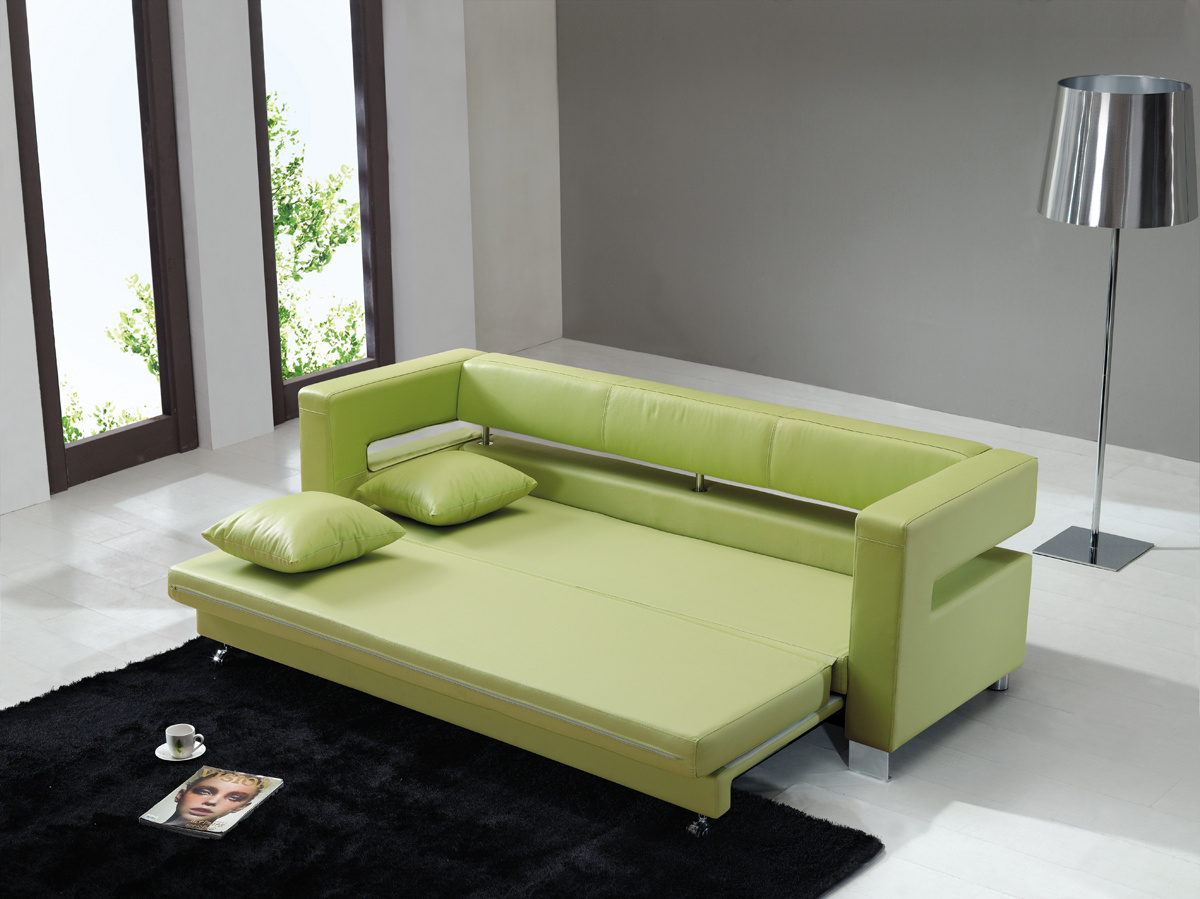
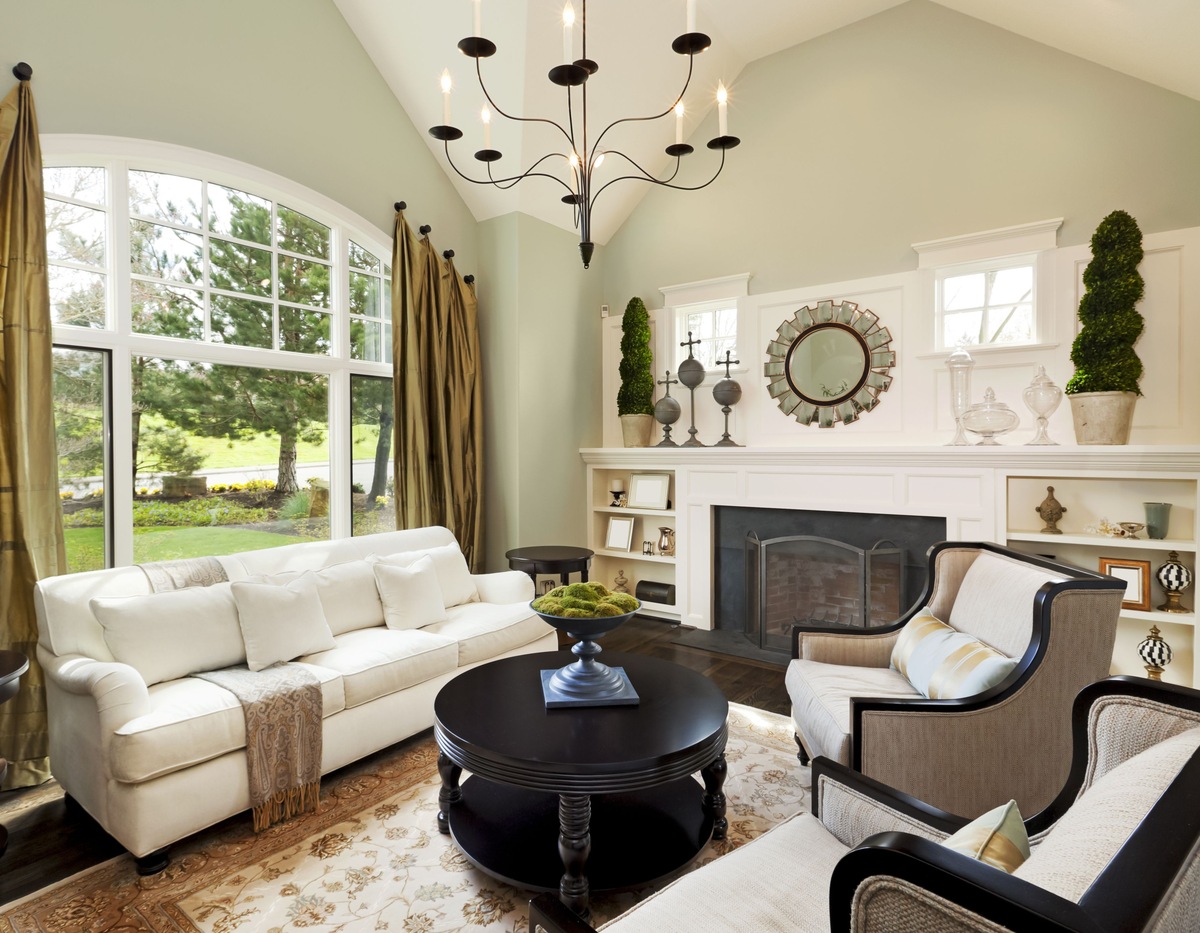
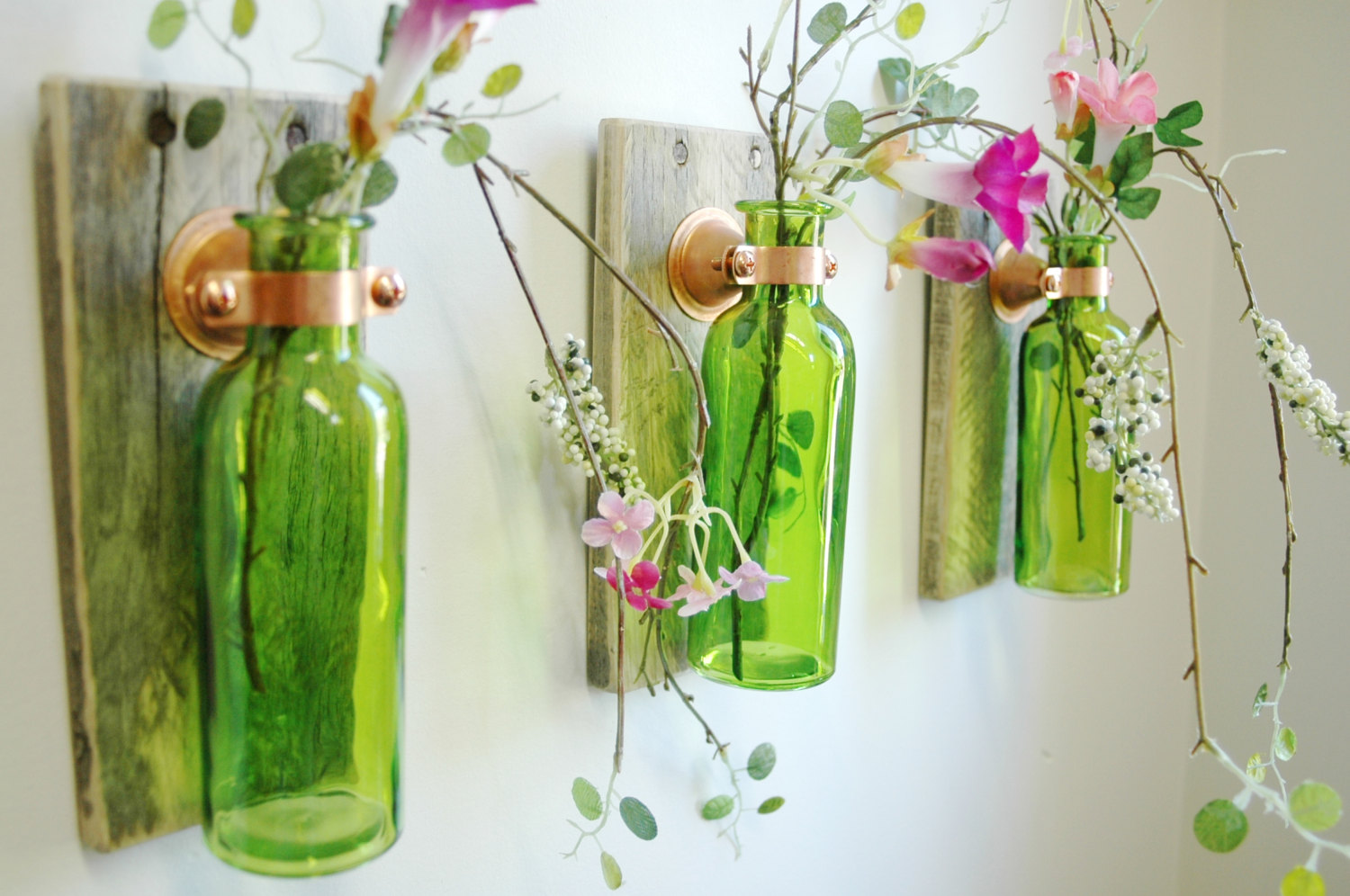
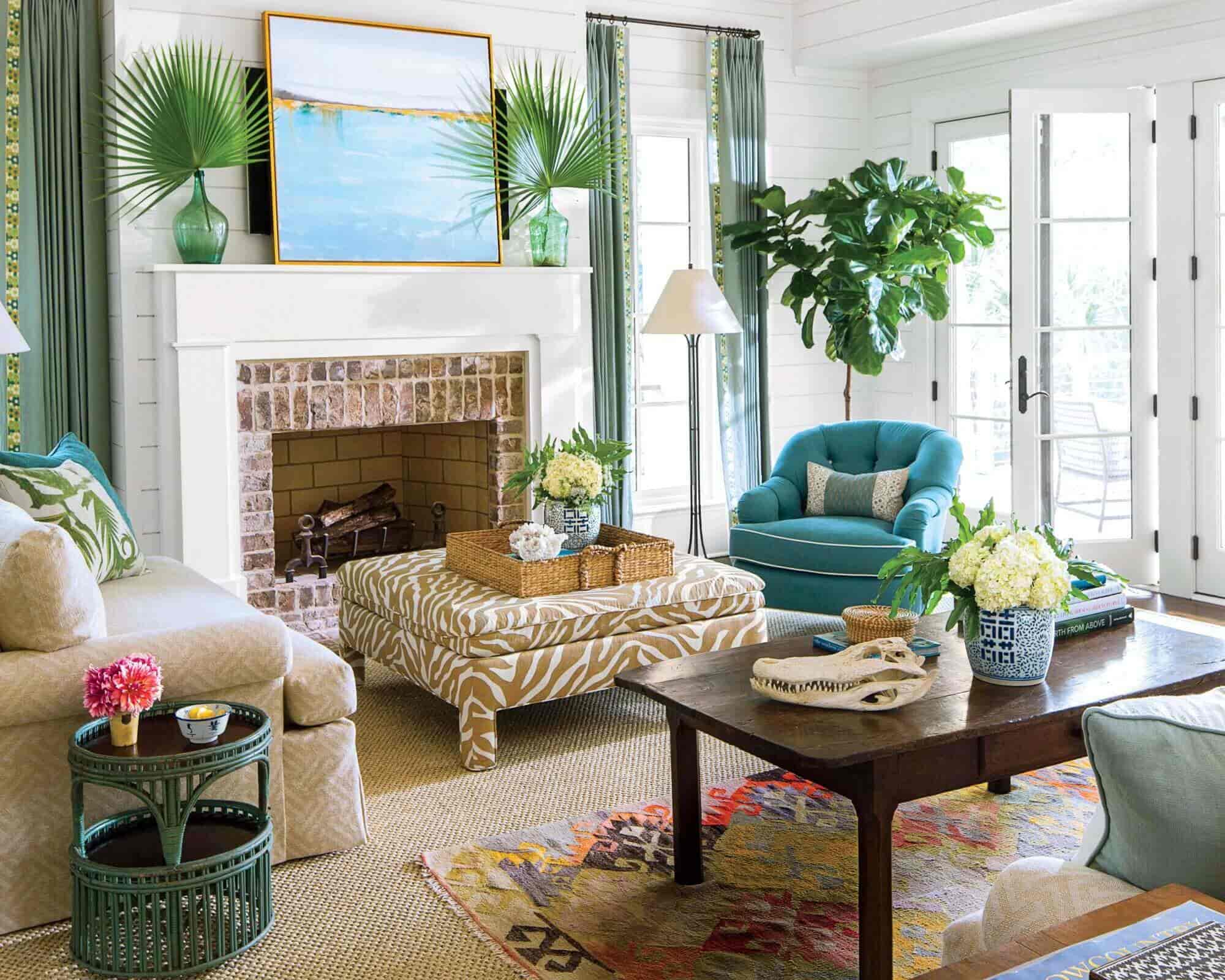
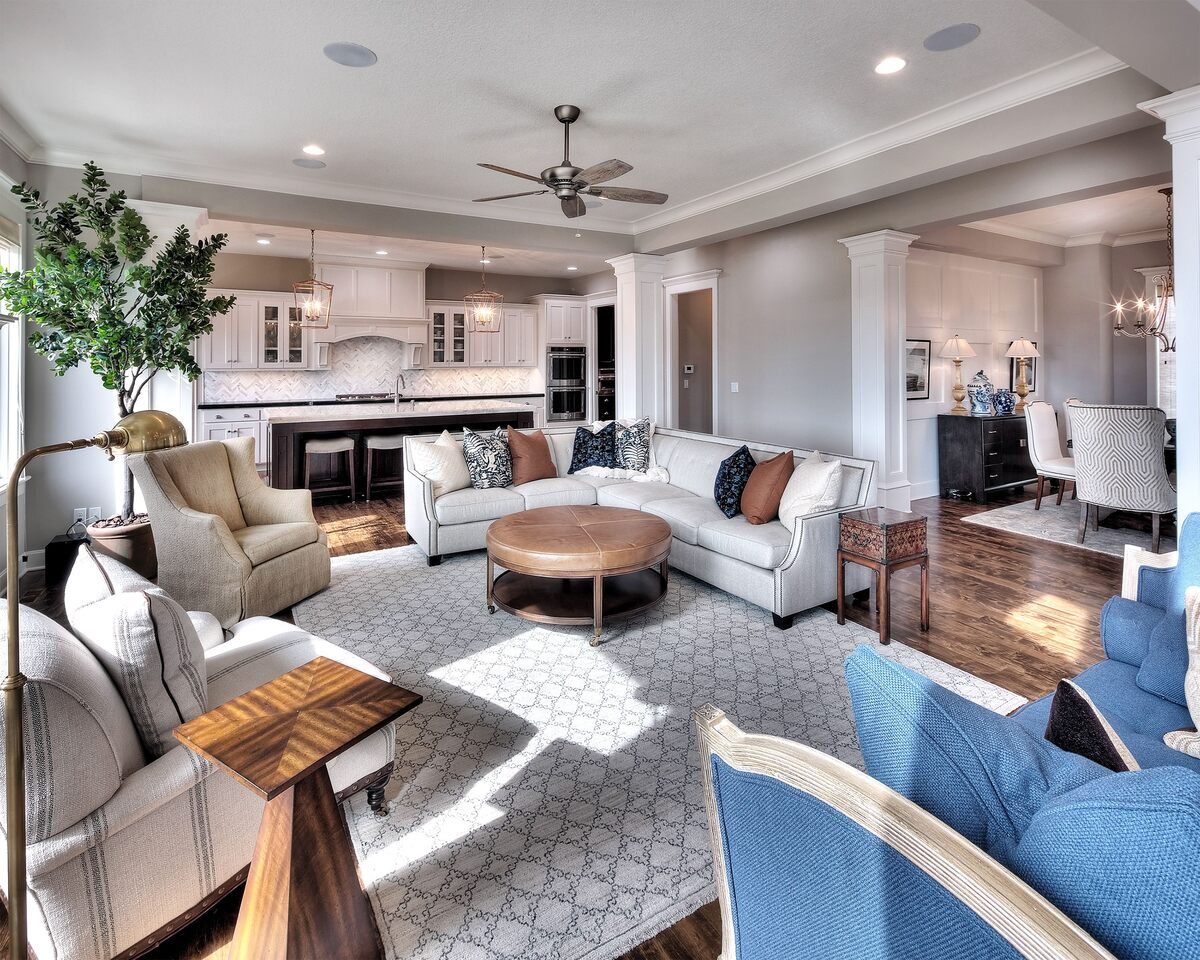
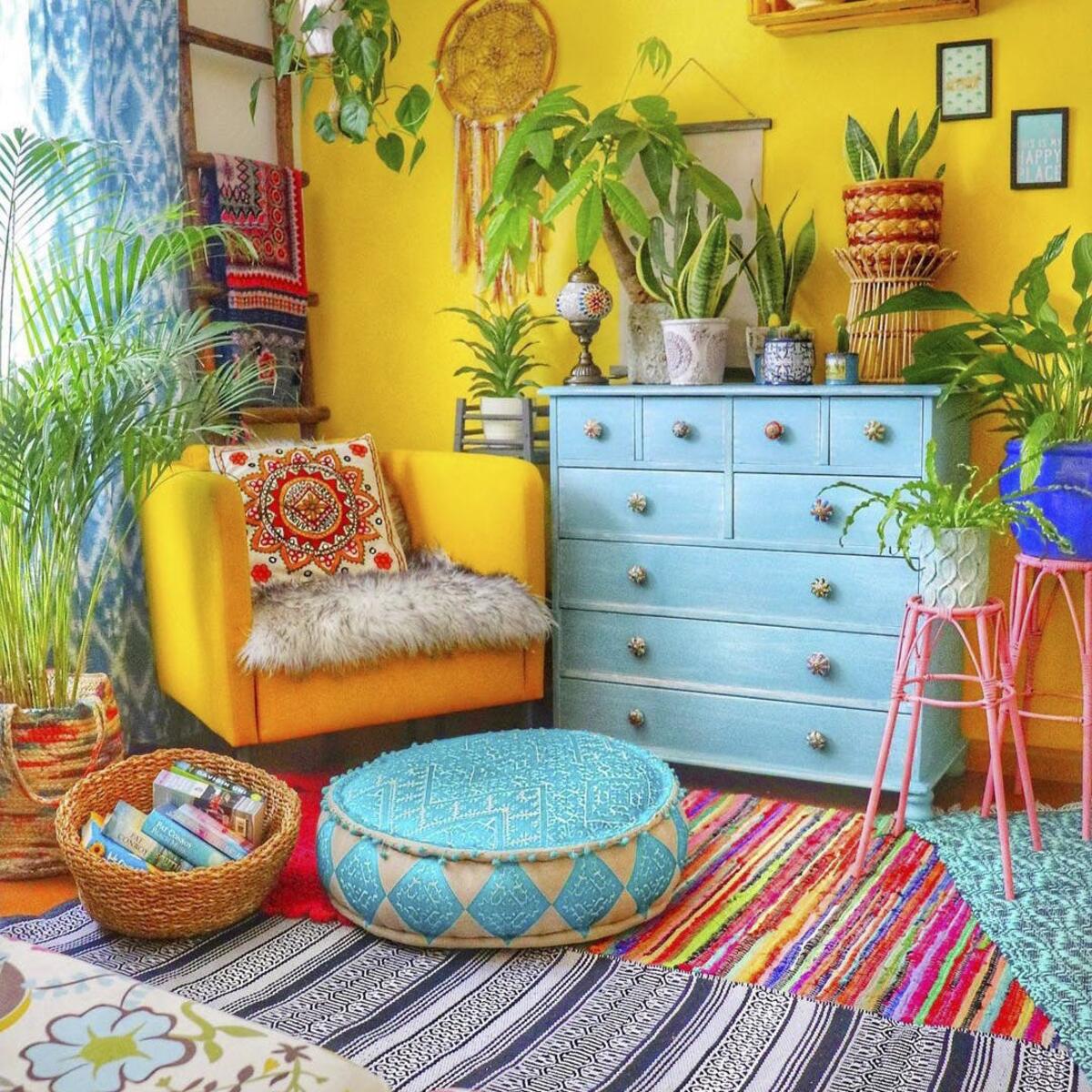
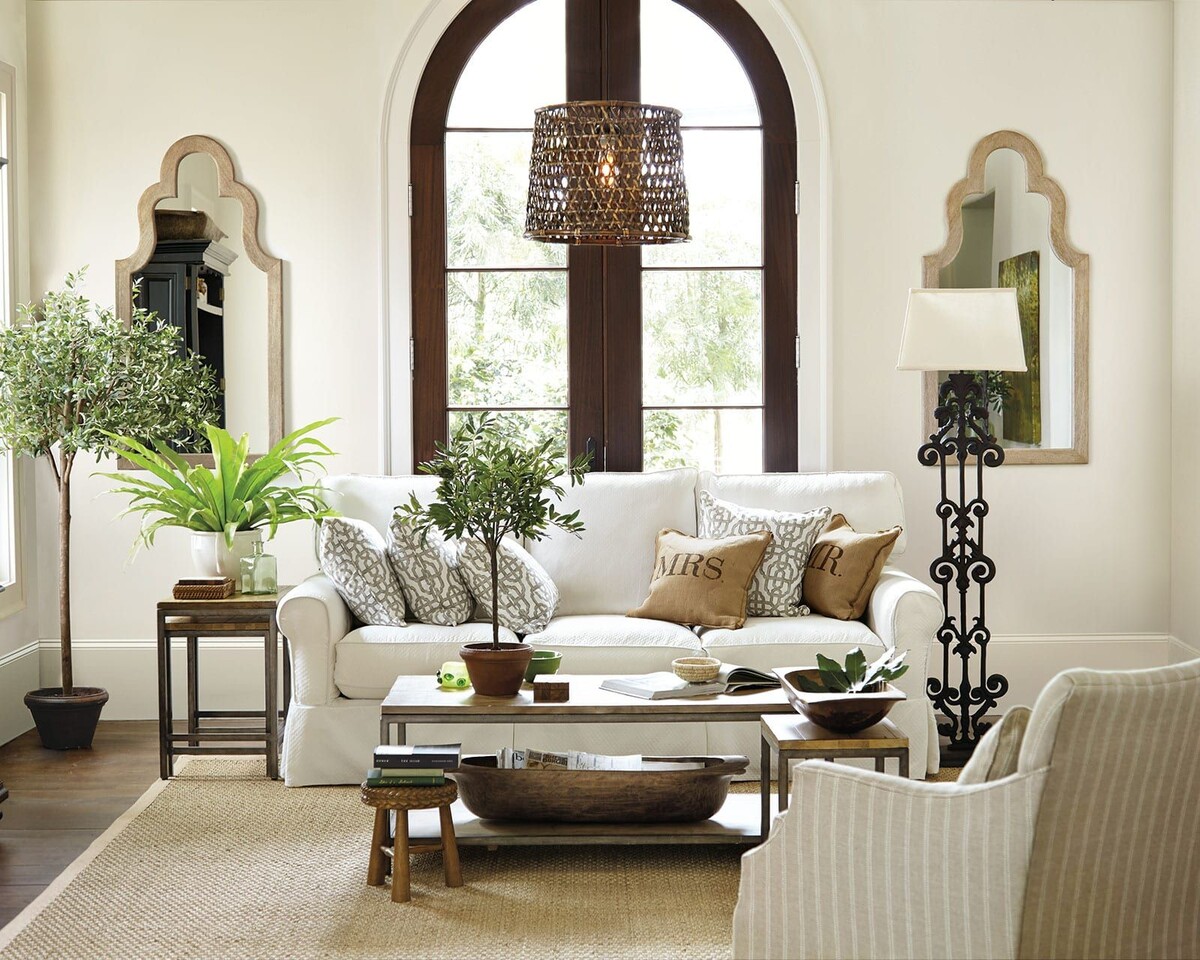

0 thoughts on “How Home Decor Influences People”